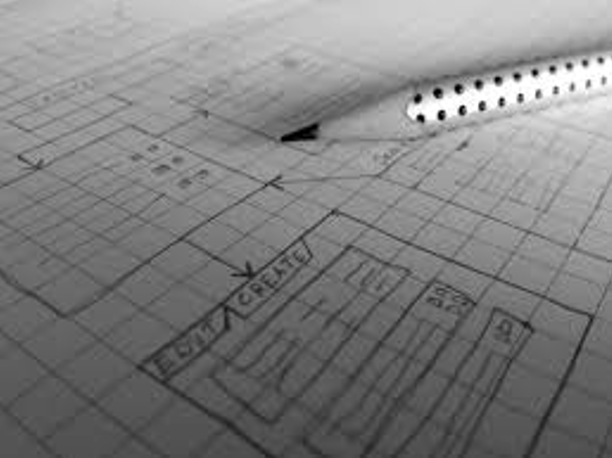Welcome to the next episode in our new series “Integrating testing into your development flow”. Today we are going to be looking at “Test Design Patterns: Applying Design Patterns To Test Automation”.
In our last presentation, we went over using Selenium in TestNG. Specifically, how to test web applications in TesgNG using Selenium. Along with some hands-on examples with the Selenium IDE and Webdriver. This also included, how the Page Model pattern can be used to build a reusable code base that reduces the overhead of duplicating page elements and actions throughout our tests.
In this presentation, we are going to be breaking away from the hands-on approach for a while. By looking at a more abstract view of design and software development patterns. Particularly how to understand these from a testing perspective. Then, we will go over the different types of test design patterns and how they relate to software patterns. Finally, we will wrap up with a couple of real-world examples. For example, how to choose the right test design patterns for a given situation.
What is a Design Pattern?
In software engineering, a design pattern is a general repeatable solution to a commonly occurring problem in software design.
Topics covered in Test Design Patterns
-
- What is the design pattern?
- What kind of patterns do developers use?
- Which patterns apply to test automation
- Why are patterns important?
This series comes from our mentoring/mastermind classes. These classes are virtual meetings that focus on how to improve our technical skills and build our businesses. The goals of each member vary. However, this diversity makes for great discussions and a ton of educational value every time we meet. We hope you enjoy viewing this series as much as we enjoy creating it. As always, this may not be all new to you, but we hope it helps you be a better developer.

